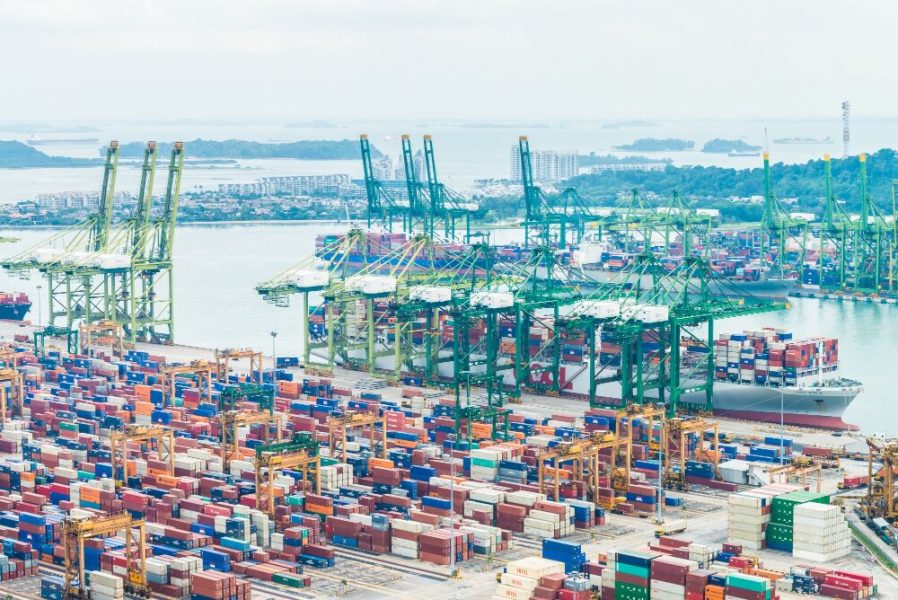U-Freight Group, with its strong position in the global container shipping industry, has taken note of various media reports highlighting the growing challenges that increased empty container movements pose to international supply chains.
According to Splash247, data from Sea-Intelligence shows that empty containers made up 41% of global container transport in July—up significantly from 31% in 2019. This upward trend has continued steadily over the past five years, with only a minor dip observed in 2022.
The Loadstar, also referencing Sea-Intelligence data, points to imbalanced trade flows as a key factor behind this issue. These imbalances are creating unequal distribution of containers across markets, prompting more empty containers to be repositioned rather than moved with cargo.
U-Freight recognises that repositioning empty containers is not only expensive, but also contributes to port congestion and higher carbon emissions.
Further analysis by Shipping Watch reveals that for every 10 miles a loaded container travels, an empty container must be repositioned over 4.1 miles—a figure that’s risen by one mile since 2019.
Additional pressure has come from geopolitical instability. The Loadstar notes that Houthi attacks on merchant vessels in the Red Sea have led to a 20% increase in the distance travelled by empty containers, further disrupting supply chains.
According to Shipping Watch, ocean carriers are currently absorbing the rising costs associated with maintaining equipment availability. However, if these trends continue, it’s likely that customers will begin to bear a portion of these additional expenses.
Empty containers are also occupying valuable yard space at ports, disrupting the flow of outbound shipments and causing further delays, which can increase overall logistics costs.
Changing global sourcing patterns are compounding the issue. As production shifts to emerging regions with previously low output, there’s often a shortage of empty containers available to meet growing export demands—potentially resulting in even more delays.
For more information about our ocean freight forwarding and logistics services, please visit the relevant pages on our website, or contact your nearest U-Freight office: https://ufreight.com/locations


